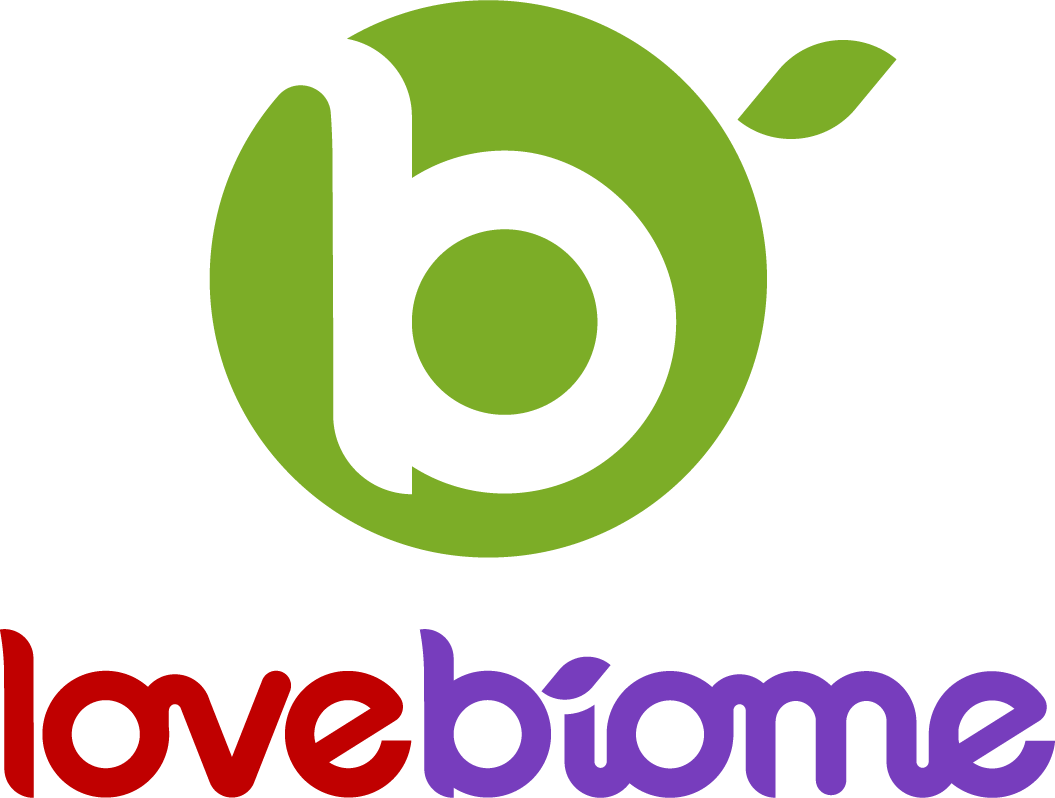Discovering the Skin Microbiome
By: Zach Aanderud Ph.D.
Describes the health benefits of a diverse and balanced skin microbiome emphasizing how to create, care, and maintain healthy skin.
Your skin harbors a microbiome consisting of an array of genetically and physiologically diverse bacteria, fungi, and archaea. The micro-organisms building their homes on your skin, the largest organ of your body, are mainly harmless. For the most part, they are known as commensal (i.e., a relationship between two species in which one species obtains food or other benefits from the other without either harming or directly benefiting the latter), but many species are beneficial to us. And some are harmful.
The distribution of micro-organisms across your skin is driven by the ecology of the skin surface, which is highly variable depending on topographical location on the body, endogenous host factors (e.g., age, sex, and hormones), and exogenous environmental factors (e.g., skin products, UV radiation, hygiene, diet, and drugs; Grice and Segre 2011). Primarily your skin functions as a physical barrier protecting your body from foreign organisms and toxic substances. In general, this barrier is cool, acidic, nutrient-poor, and desiccated, but multiple niches are created by variations in skin thickness and folds, the density of hair follicles, and the locations of sweat and sebaceous glands (Byrd et al 2018).
Across our bodies, we have diverse skin microbiomes grouped into broad categories based on the presence of oil and moisture such as: sebaceous or oily (face, chest, and back); moist (bend of elbow, back of knee, and groin), or dry (volar forearm and palm). Within these diverse niches, millions of bacteria, fungi, and viruses consisting of over 1,000 different species persist, but the skin is dominated by several bacterial species. For example, the four dominant species, in order of abundance, in oily skin are Propionibacterium acenes (phylum: Actinomycetota), Staphylococcus epidermis (phylum: Bacillota), Corynebacterium tuberculostearicum (Actinomycetota), and Staphylococcus capitis; in moist skin are Corynebacterium tuberculostearicum, Staphylococcus hominis, Propionibacterium acenes, and Staphylococcus epidermis; and in dry skin are Propionibacterium acenes, Corynebacterium tuberculostearicum, Streptococcus mitis (Bacillota), and Streptococcus oralis (Byrd et al 2018).
One fungal species dominates our skin, Malassezia, a genus of yeasts, which is a commensal species colonizing our skin at birth. These and other commensal and/or beneficial species indirectly and directly perform essential functions necessary for our health with benefits including:
- Defense against pathogens
- Facilitation of wound healing
- Enhancement of barrier function
- And regulation of the migration, metabolism, and function of skin cells.
We will elaborate on some of these health benefits here.

Defending Against Pathogens
The harsh physical landscape of our skin is the first hurdle that deters pathogens from colonizing our skin (Byrd 2018). However, our skin microbiomes also employ defense mechanisms including releasing antimicrobial peptides, maintaining an acidic pH, and competing for available nutritional resources to combat potential pathogens (Grice et al 2009; Byrd et al 2018). For example, Staphylococcus epidermidis and Staphylococcus hominis produce novel antibiotics that lead to the inhibition of Staphylococcus aureus, a common skin pathogen (Nakatsuji et al 2017).
Our skin is naturally acidic and contains an “acid mantle,” or a slightly acidic film acting as a barrier to potential contaminants. The acid mantle is formed as oil (or sebum) secreted by the sebaceous gland is mixed with the amino acids from sweat. Commensal bacteria, like Staphylococcus epidermidis, help maintain the mantle by metabolizing (fermenting) the glycerol in sebum into short-chain fatty acids, most notably lactic acid (Salgaonkar et al 2022). Further, Lactobacilli sps. (phylum: Bacillota), a minor resident of the skin, ferment carbohydrates from sebum into lactic acid, also contributing to the skin’s more acidic pH (Lebeer et al 2022). Lastly, the commensal and beneficial bacteria on the skin are adapted to thrive in the relatively harsh skin ecosystems, utilize scarce nutrients, and occupy the niche space excluding potential pathogens.
Bolstering the Immune System
Micro-organisms in your skin microbiome may act as a warning flare alerting your immune system to invading pathogens. When our skin barriers are broken, and the balance between commensal and pathogenic bacteria is disrupted, skin disease or even systemic disease may result (Liu et al 2023). The skin microbiome helps establish immune tolerance by inducing regulatory T cells, cells that help moderate cell responses and maintain homeostasis (Tirosh et al 2018). Also, lipoteichoic acids produced by skin bacteria help recruit and maturate mast cells, a type of white blood cells that fight pathogens (Weckel et al 2023).
Healing Wounds
Your skin microbiome may help you heal and control harmful inflammation. Generally, interactions between the commensal skin microbiome and multiple cell types involved in cutaneous wound healing regulate the immune response and promote the restoration of the physical barrier (Tomic-Canic et al 2020).
The healthiness of our skin microbiomes is determined by us. Here are two important tips for creating a balanced skin microbiome:
First, treat yourself to a hydrating biotic skin care product. Topical prebiotics, probiotics, and postbiotics have demonstrated beneficial effects for the treatment of certain inflammatory skin diseases such as acne, rosacea, psoriasis, and atopic dermatitis (Lee et al 2021; Habeebuddin 2022; De Almeida et al 2023).
Second, take care of your gut microbiome. Your skin and gut microbiome crosstalk form a gut-skin microbiome axis (De Pessemier et al 2021). Multiple skin diseases such as atopic dermatitis, psoriasis, acne vulgaris, dandruff, and even skin cancer are associated with dysbiosis in the skin and gut microbiome. Therefore, the healthiness of these microbiomes is inextricably linked to our gut microbiome.
For cutting-edge skin microbiome care, use Postbiotic Body Souffle daily, and take care of your gut microbiome with LoveBiome’s Daily 3 System.


About the Author
Zach Aanderud holds a Ph.D. and is a professor of microbial ecology and biogeochemistry at Brigham Young University. He was born and raised in Portland, Oregon, and was educated at BYU, the University of California Davis, and Michigan State University.
References
Byrd AL, Belkaid Y, Segre JA (2018) The human skin microbiome. Nat Rev Microbiol 16(3): 143-155. DOI: 10.1038/nrmicro.2017.157
De Almeida CV, Antiga E, Lulli M (2023) Oral and topical probiotics and postbiotics in skincare and dermatological therapy: a concise review. Microorganisms 11(6): 1420. DOI: 10.3390/microorganisms11061420
De Pessemier B et al (2021) Gut-skin axis: current knowledge of the interrelationship between microbial dysbiosis and skin conditions. Microorganism 9(2): 353. DOI: 10.3390/microorganisms9020353
Elias AE, McBain AJ, O’Neill (2021) The role of the skin microbiota in the modulation of cutaneous inflammation-lessons from the gut. Exp Dermatol 30: 10 1509-1516. DOI: 10.1111/exd.14420
Grice EA and Sefre JA (2011) The skin microbiome. Nat Rev Microbiol 9(4): 244-253. DOI: 10.1038/nrmicro2537
Habeebuddin et al (2022) Topical probiotics: more than a skin deep. Pharmaceutics 14(3): 557. DOI: 10.3390/pharmaceutics14030557
Lebeer S et al (2022) Selective targeting of skin pathobionts and inflammation with topically applied lactobacilli. Cell Reports Medicine 3:2. DOI: 10.1016/j.xcrm.2022.100521 Lee YH, Verma NK, Thanabalu T (2021) Prebiotics in atopic dermatitis prevention and management. J Func Foods 78. DOI: 10.1016/j.jiff.2021.104352






